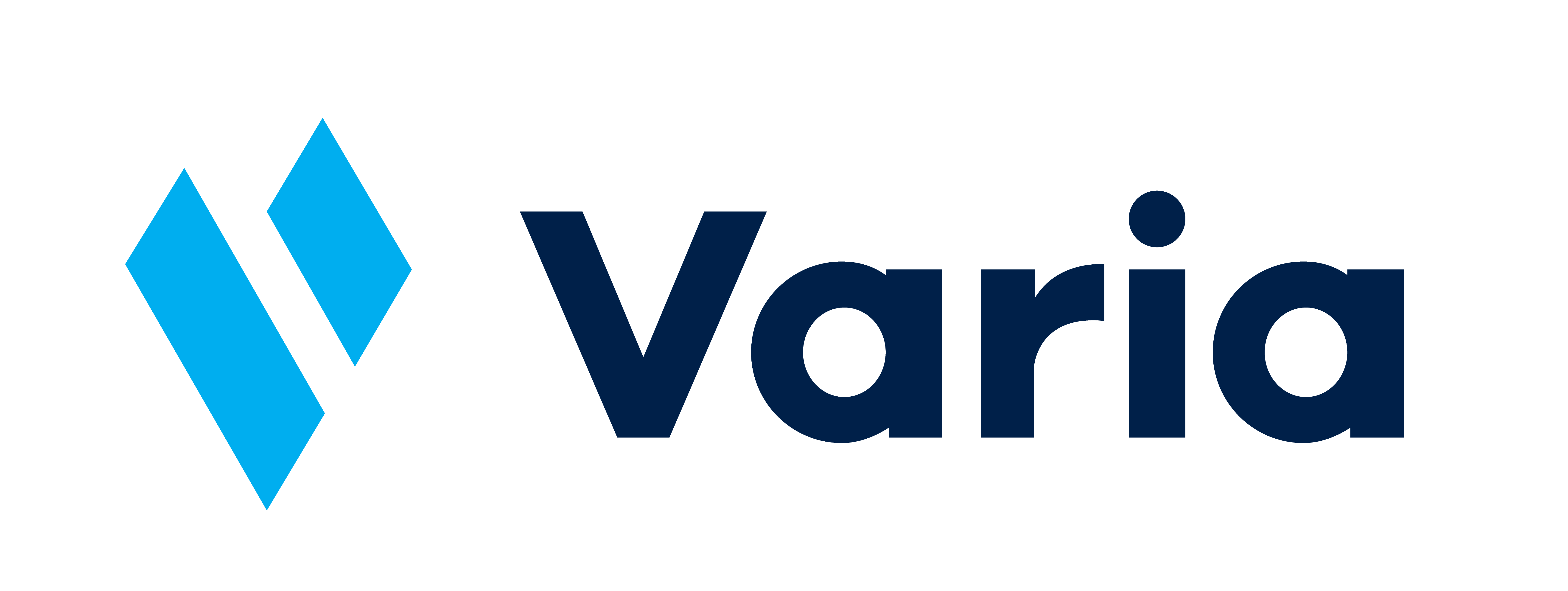Another of our posts introduced the topic of “fit,” which, in the realm of family business, translates to aligned interests, skills, and talents to ensure success in a role.
But how do we assess “fit?”
Insights and advances in science, particularly from the fields of social neuroscience and positive psychology, may be able to help answer that question.
Mihaly Csikszentmihalyi, a pioneer in the field of positive psychology, is credited with discovering that people find genuine satisfaction during a state of consciousness he called “flow.” While in this state, people are completely absorbed in an activity, and feel “strong, alert, in effortless control, unselfconscious, and at the peak of their abilities” (1).
Csikzentmihalyi defines flow as “the state in which people are so involved in an activity that nothing else seems to matter; the experience itself is so enjoyable that people will do it even at great cost, for the sake of doing it” (2).
In essence, when flow is achieved, so is fit.
Author Steven Kotler describes flow as a state where “[a]ction and awareness merge. Our sense of self and our sense of self-consciousness completely disappear. Time dilates—meaning it slows down (like the freeze frame of a car crash) or speeds up (and five hours pass by in five minutes). And throughout, all aspects of performance are incredibly heightened—and that includes creative performance” (3).
Throughout his works, Csikszentmihalyi identifies a number of different elements involved in achieving flow, including having clear goals, receiving immediate feedback on one’s actions, and not being overly concerned about failure (4).
As depicted by the image below, flow is generated by activities in which a person feels challenged, but not to the point of being stressed nor bored (i.e., it’s a good “fit”).


This work helps explain why, instead of spending time and energy on improving weaknesses, the effects of which might only be marginal, it is better to identify our talents and spend our time and energy intentionally leveraging those talents (6).
A number of personality and behaviors assessments have been developed to help in this process.
— Scott Friedman, Andrea Vossler, Eliza Friedman
______________________________________________________________________________
(1) Mihaly Czikszentmihalyi, The Pursuit of Happiness, http://www.pursuit-of-happiness.org/history-of-happiness/mihaly-csikszentmihalyi (last visited Apr. 5, 2017).
(2) Mihaly Csikzentmihalyi, Flow: The Psychology of Optimal Experience 4 (1990).
(3) Steven Kotler, Flow States and Creativity: Can You Train People to Be More Creative?.Psychol. Today: The Playing Field (Feb.25, 2014). http://www.psychologytoday.com/blog/the-playing-field/201402/flow-states-and-creativity.
(4) See generally, Csikzentimihaly, supra; Mihaly Csikzentmihalyi, Creativity: Flow and the Psychology of Discovery and Invention (1996); Optimal Experience: Psychological Studies of Flow in Conciousness (Csikzentmihalyi & Csikzsentmihalyi eds. 1988).
(5) Jesse Schell, The Art of Game Design: A Book of Lenses 141 (2nd ed. 2015).
(6) See generally, e.g., Tom Rath, Strengths Finder 2.0 (2007) (discussing the benefits and importance of focusing on your talents).




